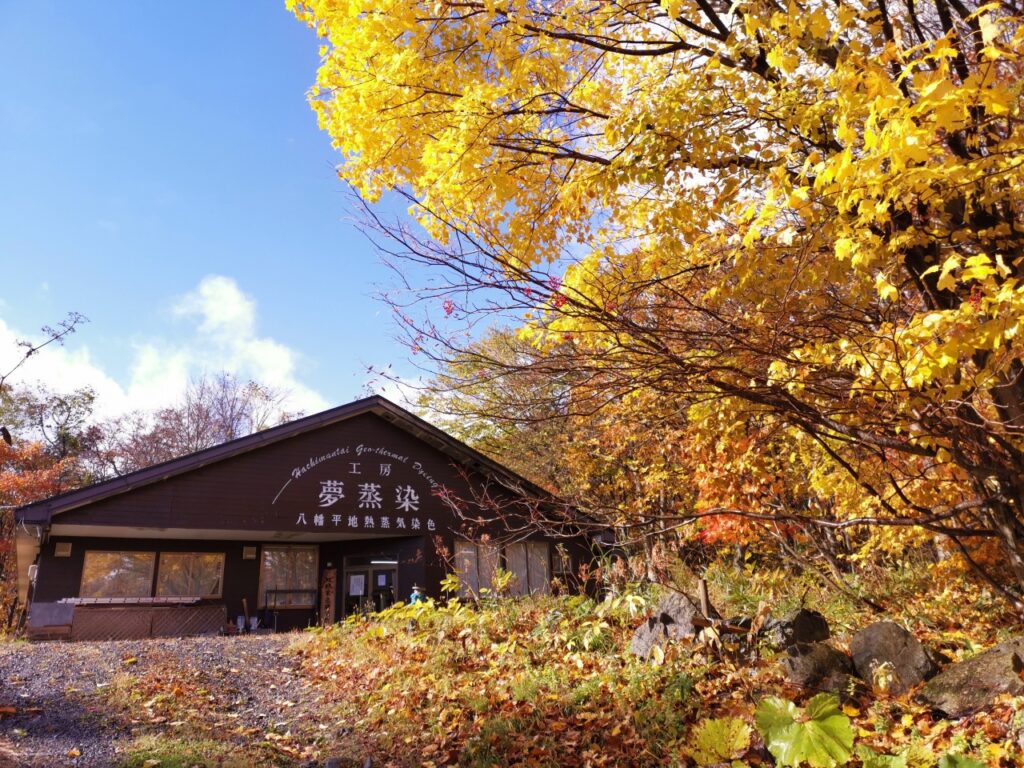Japan's Hidden Hot Springs: Matsukawa Onsen
A historic hot spring said to have been discovered in 1743
Matsukawa Onsen is a hidden hot spring resort located near the Matsukawa River within Towada-Hachimantai National Park. Two inns operate here, their baths supplied with milky white sulfur-rich water from Hachimantai.
Just upstream stands the Matsukawa Geothermal Power Plant, Japan's first commercial geothermal power plant to begin operations.
Relaxing Bath Time in the Forest
The spring season at Matsukawa Onsen begins in April, when two beautiful routes—the 17-kilometer Hachimantai Jukai Line and the 27-kilometer Hachimantai Aspite Line—are freed from the heavy snow of the long winter. Driving through these famous snow corridors leads to mountain valleys where sprouting plants and the song of the bush warbler herald the arrival of spring.
In summer, green avenues of oak and beech trees stretch out, and fireflies can be admired at night. Autumn, of course, features trees in red and gold, creating a magnificent tapestry.
And bathing in an open-air bath, quietly soaking in the tub while snow piles up around you, is the ultimate Zen-like experience. The hot springs, effective for relieving fatigue, are also popular with hikers and skiers.
There are three trailheads at Matsukawa Onsen. One connects to Mount Iwate via Mount Ubukura. Another passes through Mitsuishi Mountain Lodge and leads directly to Mitsuishi. The third takes a loop route, returning to Matsukawa Onsen while offering magnificent views of Mount Iwate from the summits of Mt. Mitake, Mt. Ōfuka, and Mitsuishi.
The two lodgings in the Matsukawa Onsen area are popular destinations visited year-round by both day-trip visitors and overnight guests. The milky-white water in this volcanic zone comes from sulfur springs. These springs feature typical mineral deposits called "yuhana" and have a distinctive aroma reminiscent of boiled eggs. You won't be surprised to find fresh eggs on the snack menu for making onsen tamago (hot spring eggs). These eggs, cooked using geothermal energy, are a popular snack and souvenir at hot spring resorts throughout Japan.
You can also take home "yukana"—hot spring minerals—as a souvenir to recreate an authentic hot spring experience in your own bathtub.
Enjoy open-air baths in Matsukawa, and even move between baths at different inns throughout the day. The soothing sound of the mountain river's swift current and the meditative effect of wind passing through the trees enhance relaxation. The antibacterial properties of these sulfur springs aid in treating skin conditions, while the chemical nature of the sulfur water helps improve blood circulation. Sulfur springs are also generally considered beneficial for alleviating bronchitis and neuralgia.
After enjoying the hot springs, sip coffee brewed with a siphon or beer fermented with beech tree yeast. Meals for guests feature an abundance of locally grown ingredients, including wild mountain vegetables, making every visit to this country inn a delightful experience.
Matsukawa Onsen Matsukawa-so
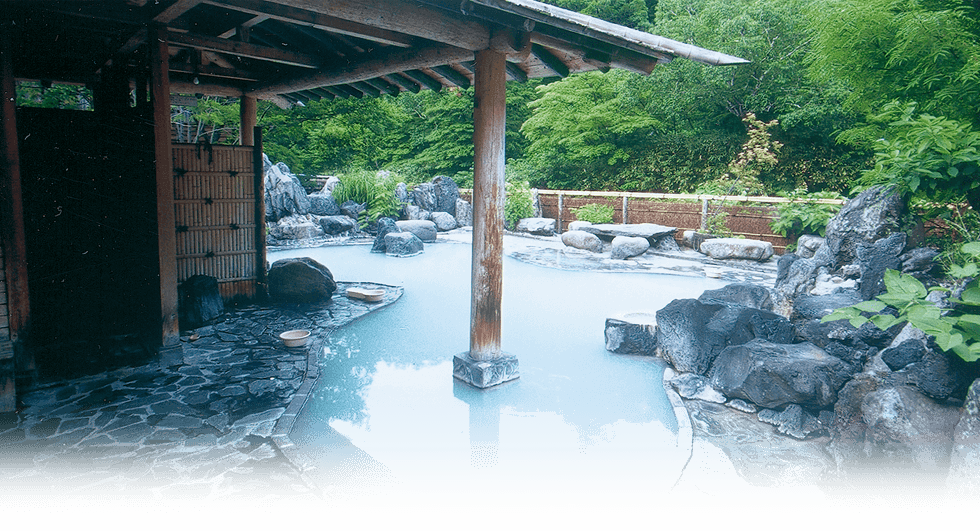
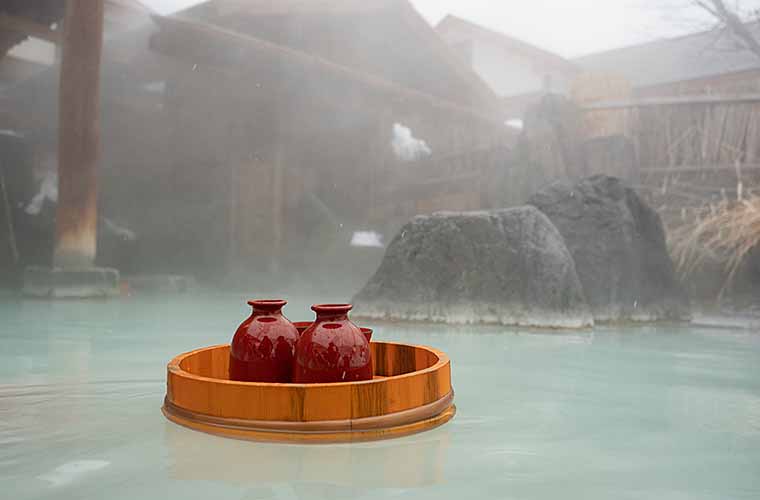
Matsukawa Onsen Kyouunso
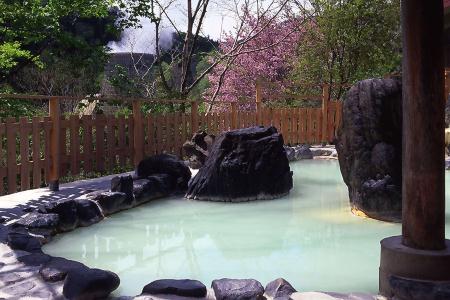
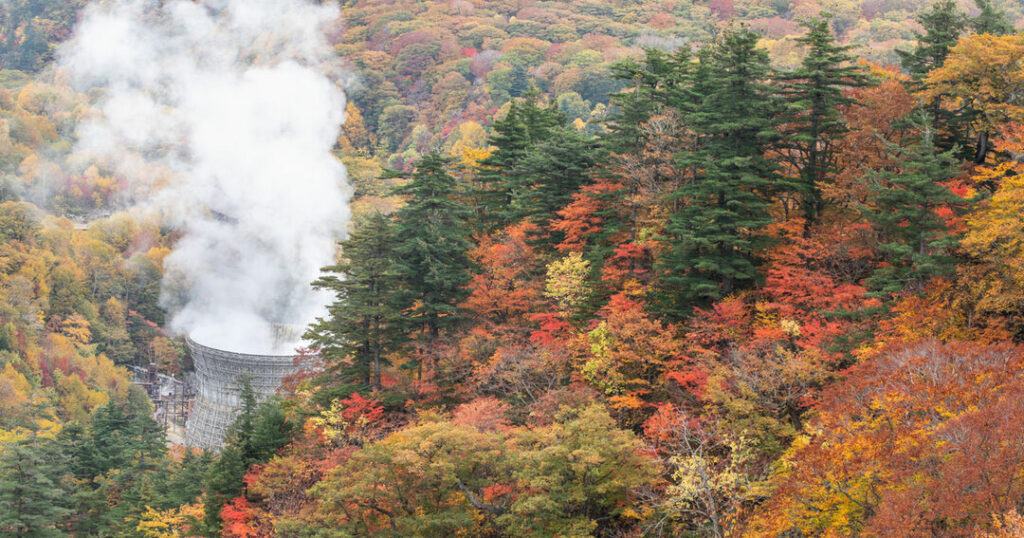
Matsukawa Hot Springs District Geothermal Dyeing Research Institute
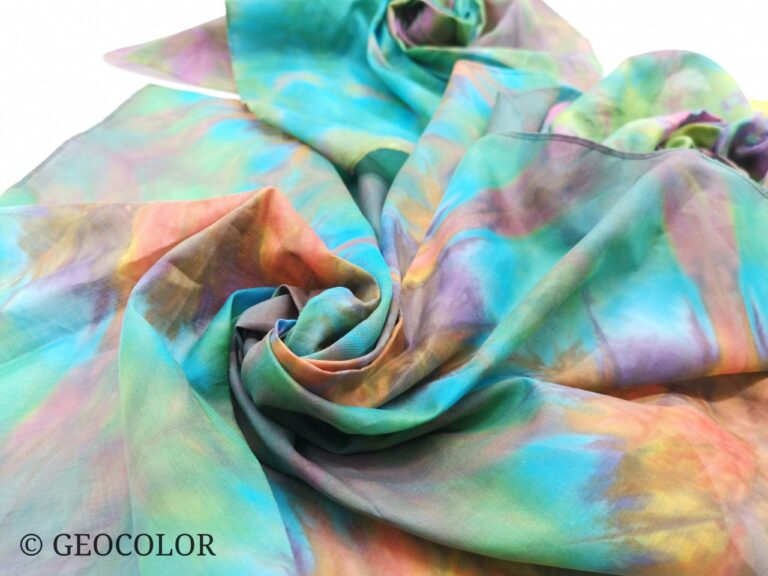
Geothermal dyeing was born in Hachimantai Matsukawa Onsen, the birthplace of Japan's first geothermal power plant.
The dyeing method using geothermal steam, established through trial and error, is a technique unparalleled anywhere in the world.
It is dyed using the very blessings of the earth.
Vibrant scarves, furoshiki wraps, handkerchiefs, handbags, and even dresses crafted by local textile artisans are unique souvenirs from your stay in Hachimantai. The pigments are fixed with pure hydrogen sulfide vapor piped directly from underground into the studio, creating gentle, layered designs of green, blue, pink, purple, and gold. These one-of-a-kind pieces evoke the rich spectrum of nature found in Hachimantai's forests, wetlands, alpine highlands, valleys, and hot springs.
